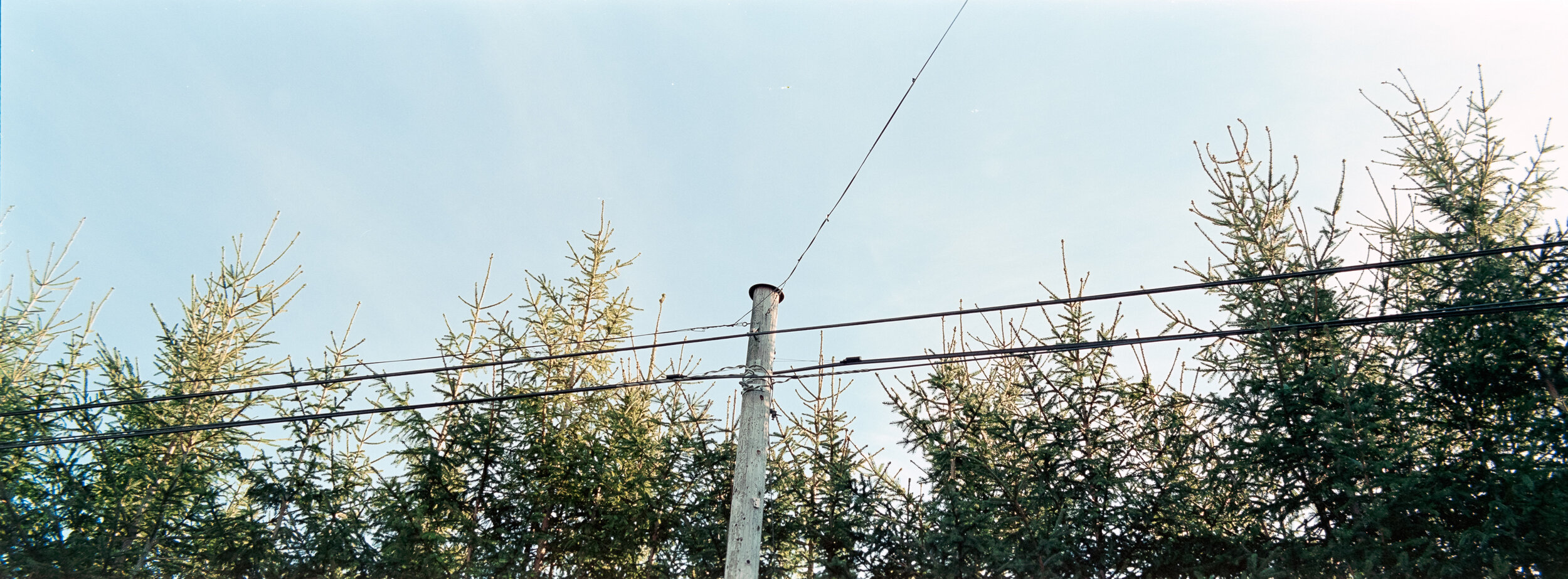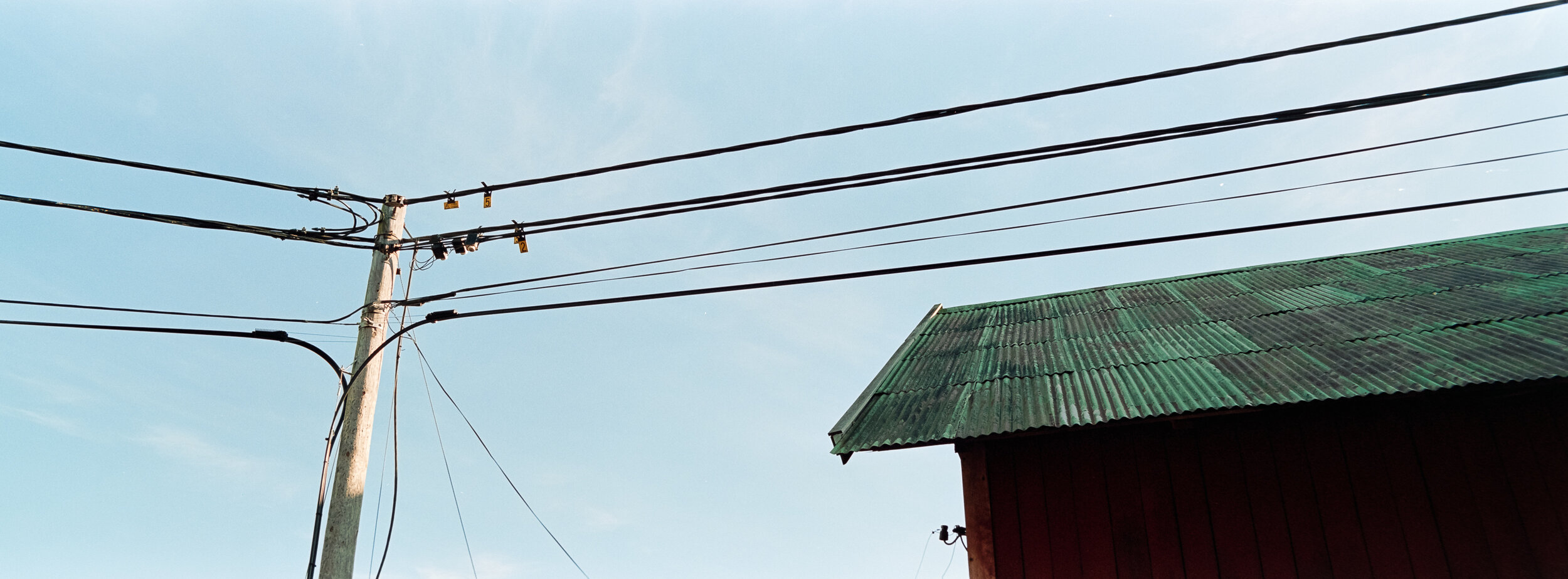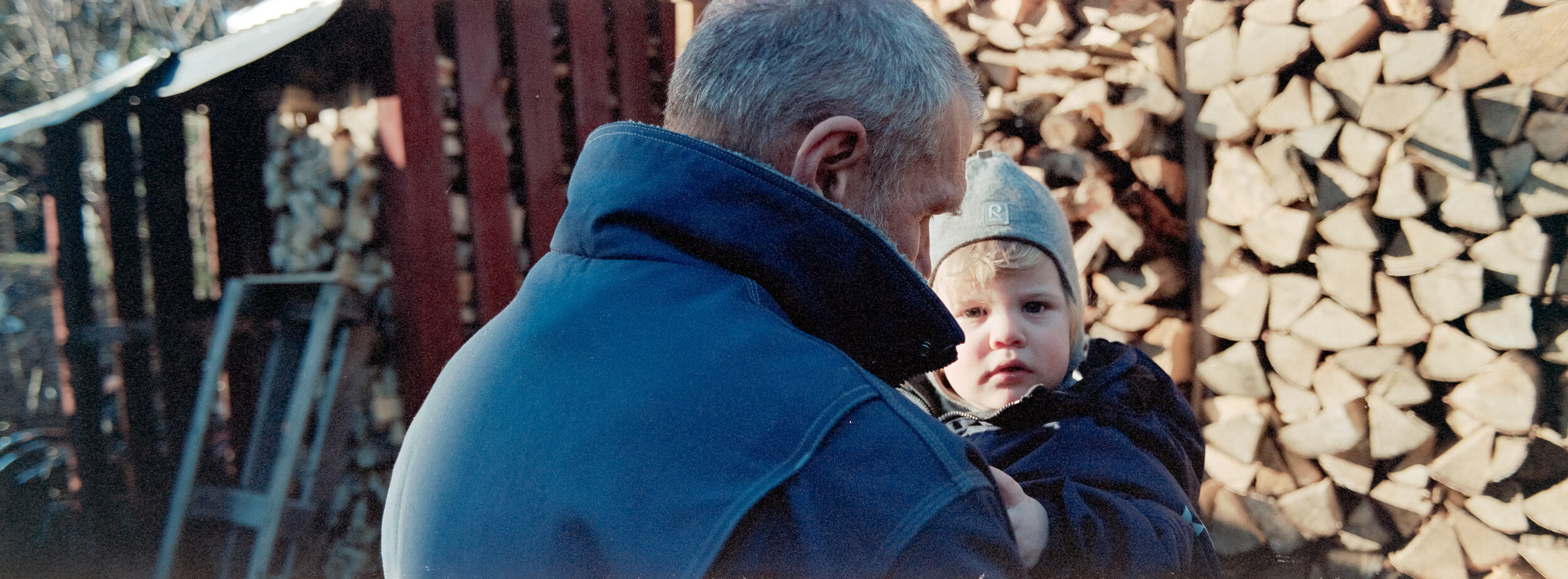The classic 24x65 panoramic aspect ratio from the Hasselblad X-pan brought into the medium format beast that is the Pentax 67
The conversion kit actually has a 24 x 66 aspect ratio but I prefer to crop to the iconic X-Pan 24x65 ratio.
I first heard about the panoramic format of 24x65 when I bought my Fujifilm GFX50S a few years back. The digital medium format camera is able to shoot in the 24x65 cropped mode whilst keeping the raw file intact and uncropped. I thought it was fun to shoot but I didn’t really commit to the format that was produced in camera and I often found myself changing the crop afterwards.
Fast forward a year or so when I read Jonas Rask´s articles about the Hasselblad X-pan and Fujifilm TX-1. There was that odd format again. It looked so good and filmic. I had to give it another try. So I set my camera to pano mode and went out to shoot. Guess what? The same thing happened again. At first I thought the aspect ratio was a bit too challenging for me but I later discovered that the options that come with having the lossless raw file with endless possibilities is THE problem for me. I more or less scrapped the idea this time as well.
January 12th 2021 I bought a Pentax 67 with two lenses. The iconic 105mm f/2.4 and the 45mm f/4. The latter one I wasn’t that keen on having but it came with the kit and I figured, what the hell, I can just sell it and buy a more suiting lens for my taste, like the 75mm f/4.
The 6x7 aspect ratio of the Pentax 67, which is more like a 4x5 ratio, is my favorite and it is almost as far away from the 24x65 aspect ratio as you can come. One being almost a square and the other a very stretched out rectangle. My intention was to shoot 6x7 only. But when I found a panoramic conversion kit for Pentax 67 on eBay I couldn’t resist the small price of 30 USD and I went ahead and bought it. I also read that the 45mm lens is the standard lens on the Hasselblad X-pan/Fujifilm TX-1 so I kept my 45mm to try with the pano kit. This would pretty much give me a bulky X-Pan, right?
A few weeks later the pano-kit arrived and I loaded the camera with a 35mm roll of Kodak Portra 400, inserted the 24x65 mask into the viewfinder of the camera and started shooting… or did I?
Of course not! Did you really think that a big medium format camera of that size would let you insert a 35mm film roll? That seat is taken by the big boys from the 120 club. And they say; go away! And don’t come back until you gained a few pounds, shorty!
First of all, the 35mm film canister is too short and won’t fit without some extension knobs to either side of the film. That will make the 35mm film spool the same length as the 120 film. Secondly, and this is the most cumbersome part, you have to sacrifice a roll of 120 film and use its backing paper to attach the 35mm film to. I found instructions on YouTube where and how to cut the excess paper. The backing paper will act as a take up spool for the film. In other words, as far as the camera knows, the 35mm film transforms into a 120 film from one spool to another. Here’s the instructions on how to cut the backing paper.
Don’t forget to set the camera to 220 film on both the tension plate that is pressing against the film and also beside the advance frame winder so that the camera doesn’t stop counting when it comes to 10 frames. On 220 medium format film you’d get 20 frames as opposed to 10 frames on 120 film. When you shoot a 35mm roll that normally holds 36 frames you’ll get around 19 frames in the Pentax 67, more or less. It depends on how careful you are with the length when you cut the backing paper.
Anyway, I shot the roll on the warm last day of February ‘21, around my parents house in the countryside, and developed it the following day. I discovered that the 45mm f/4 lens is the perfect one to shoot 24x65 panoramas. In 35mm equivalent, you get about 21mm field of view but with the compression of a normal 45mm lens. A wide field of view but without skewed corners and pushed back subjects in the middle of the frame. With shorter focal lengths that can be a bit of a problem with smaller film sizes and sensors. Well if you are a bit picky like I am.

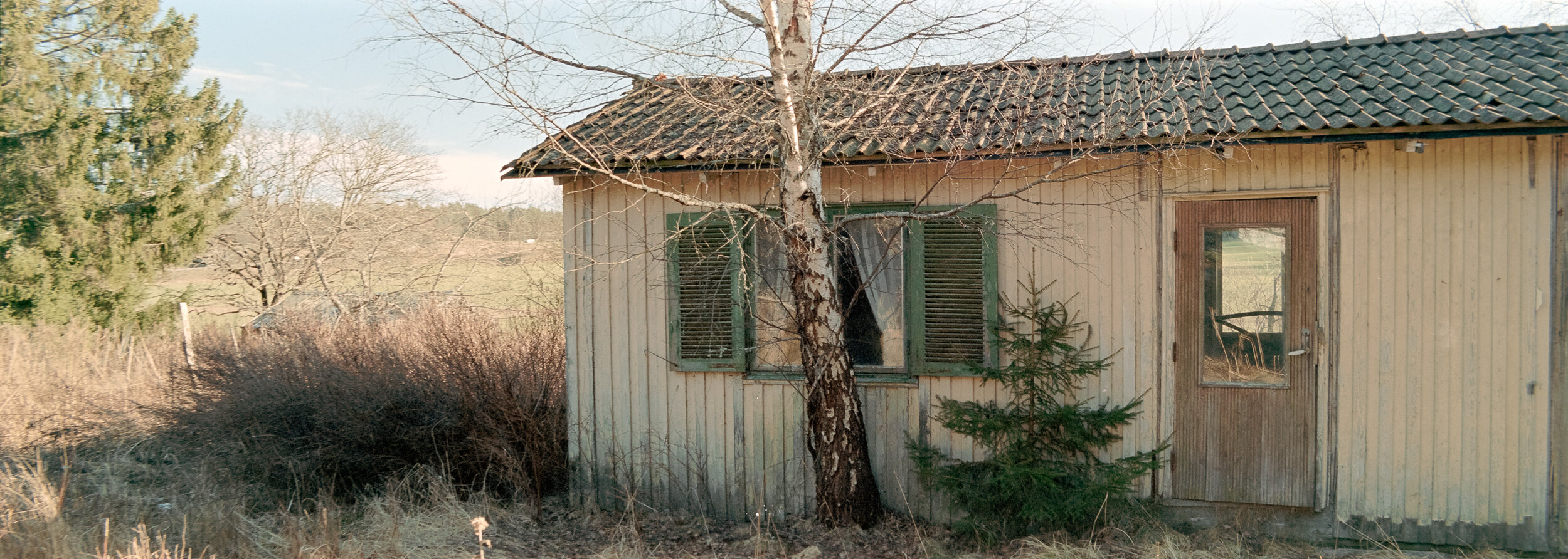
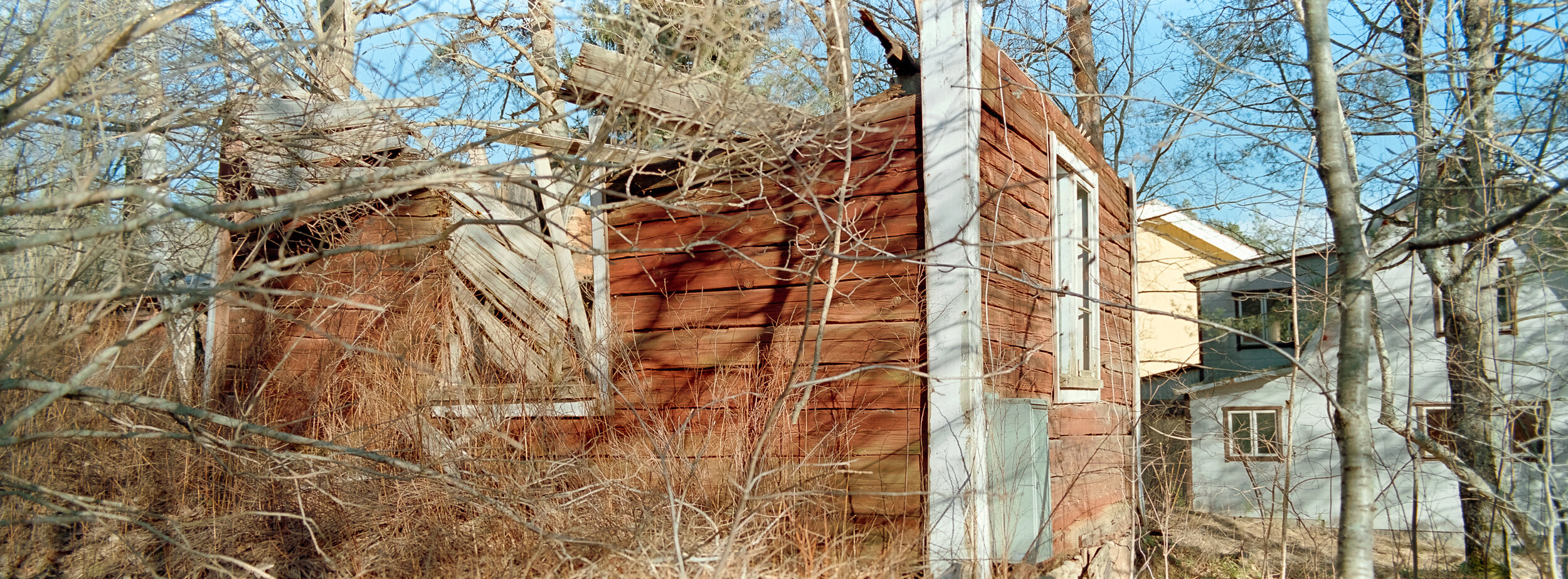
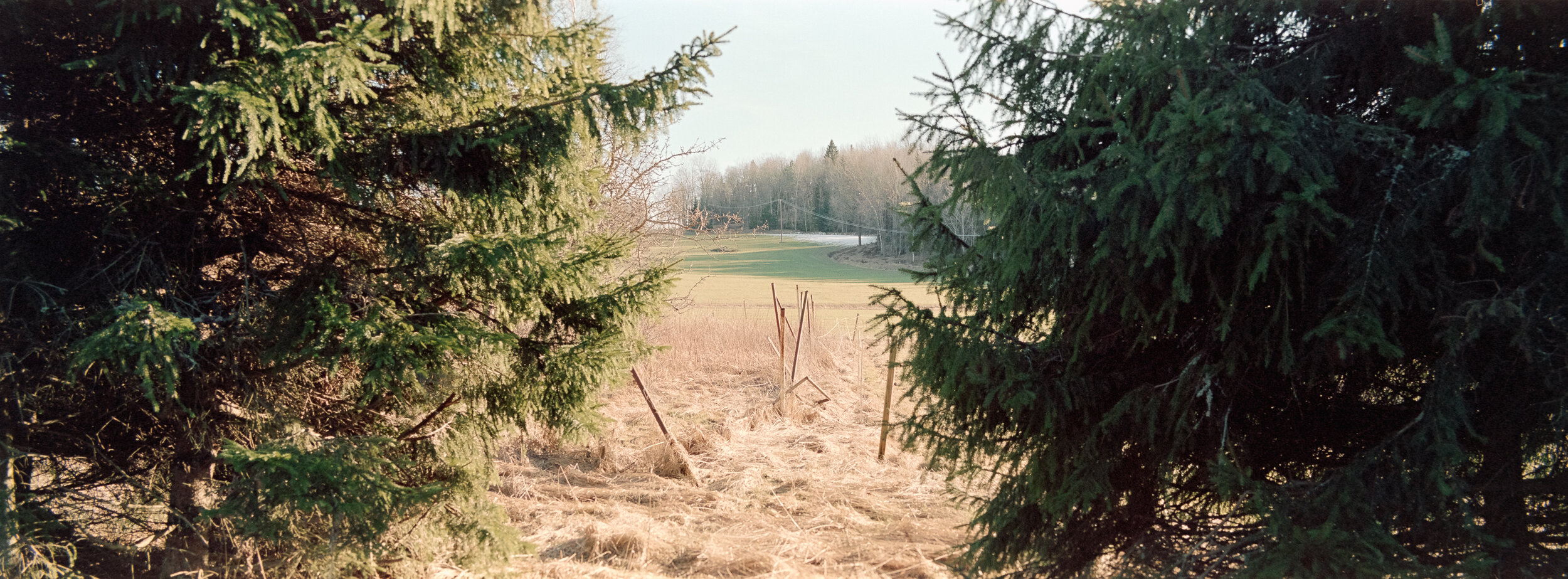
I was of course eager to see the results and I had developed a few rolls of C-41 before so that wouldn’t be a problem but I knew that my chemicals were about to expire. I took the plunge anyway and the result was just fine, apart from som scratches and stains on the negatives that I think have to do with the water I used when developing. Next round I’ll use destilled water to, hopefully, avoid stains.
One little detail about the process of shooting 35mm film in the Pentax 67: Because most medium format cameras take up the film on another spool the camera doesn’t have a rewind function/mechanism that 35mm film cameras have. Therefore you’ll need to manually roll the film back to its canister. That part is really easy. You just turn one of the knobs that is extending the canister to 120 film size and roll the film back. The tedious part about it is that is has to be done in total darkness, otherwise all your shots will me lost. I use a dark bag or a complete dark room such as my parents basement.
If you want to be portable with this set up you will need a few things in the camera bag.
• The pre cut backing paper and a 120 film take up spool
• The knobs - that go in to the sides of the 35mm canister
• Tape - to attach the 35mm film to the backing paper (I use scotch reusable tape)
• Scissors - to cut the tape
• A dark bag - for when you’ve finished the roll and want to take it out of the camera.
Below are all the pictures from my first roll of panoramic photos taken with the Pentax 67. Not all are good of course but I would like to share them anyway. So here you go!


